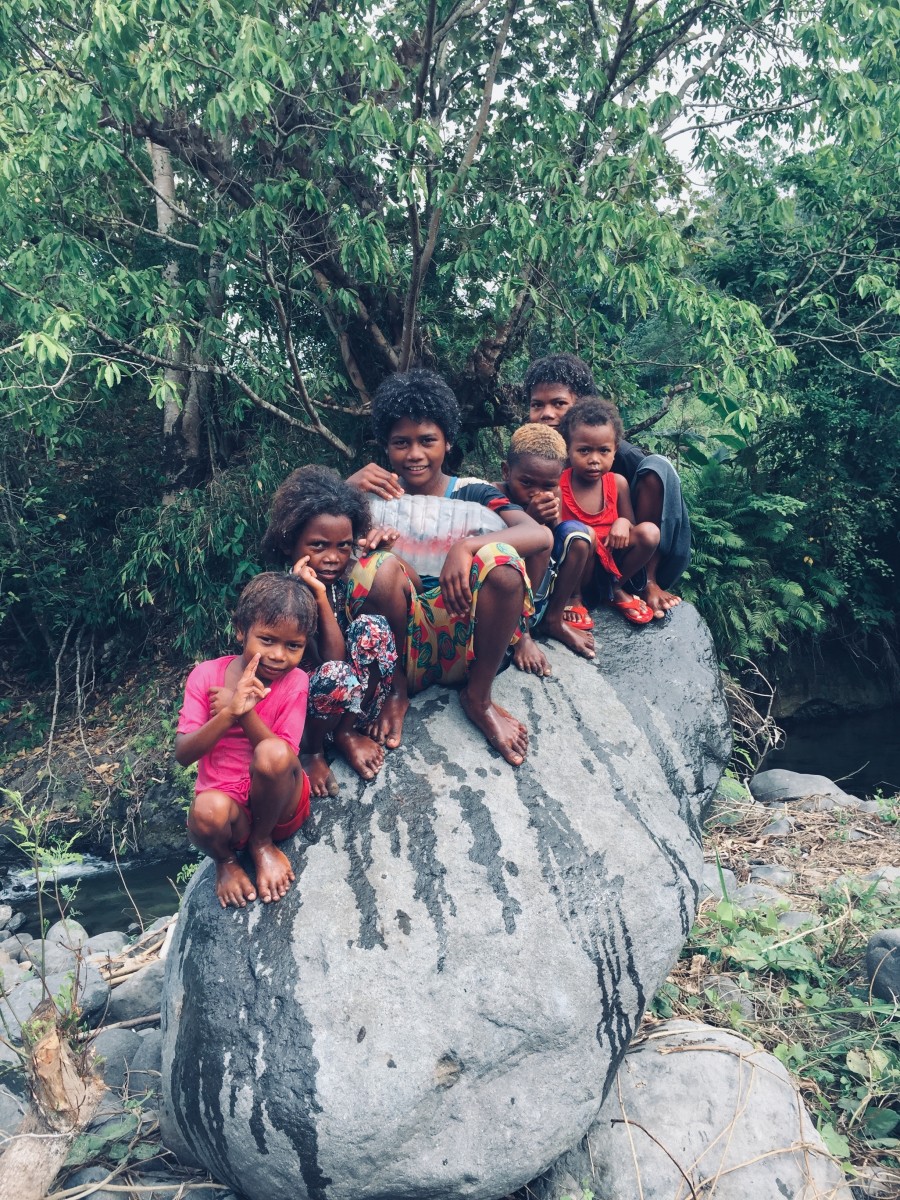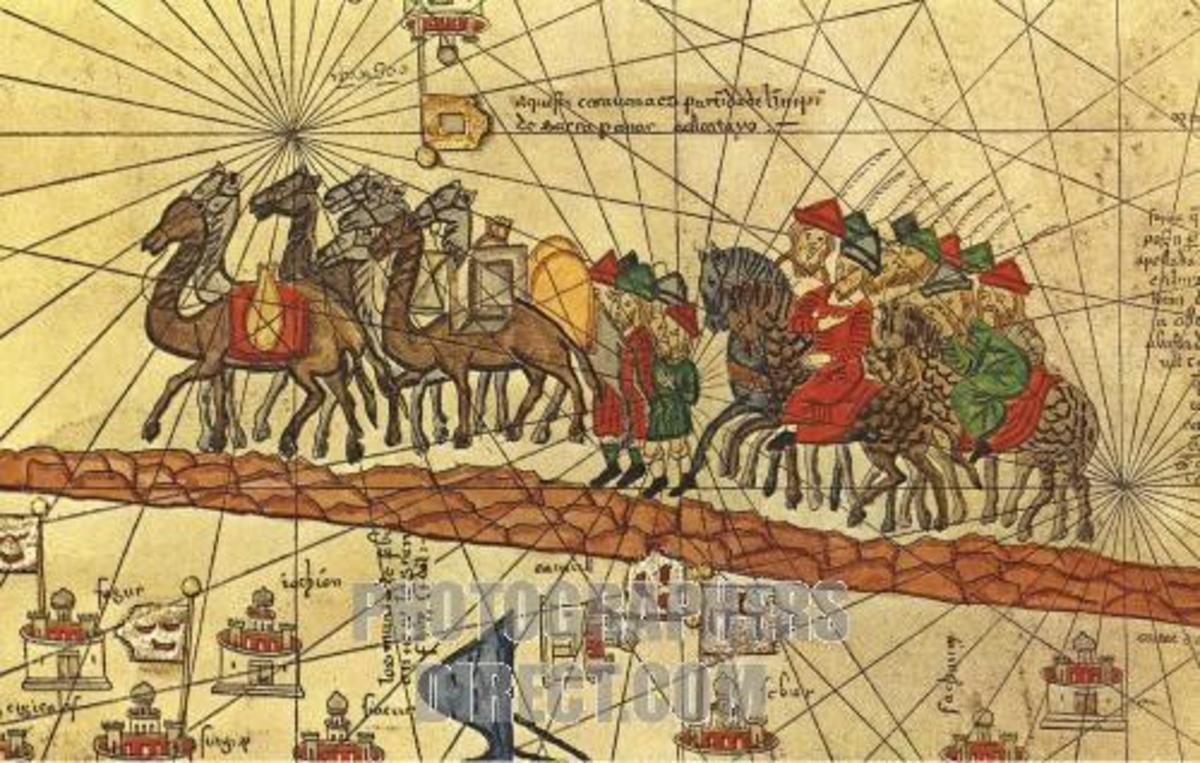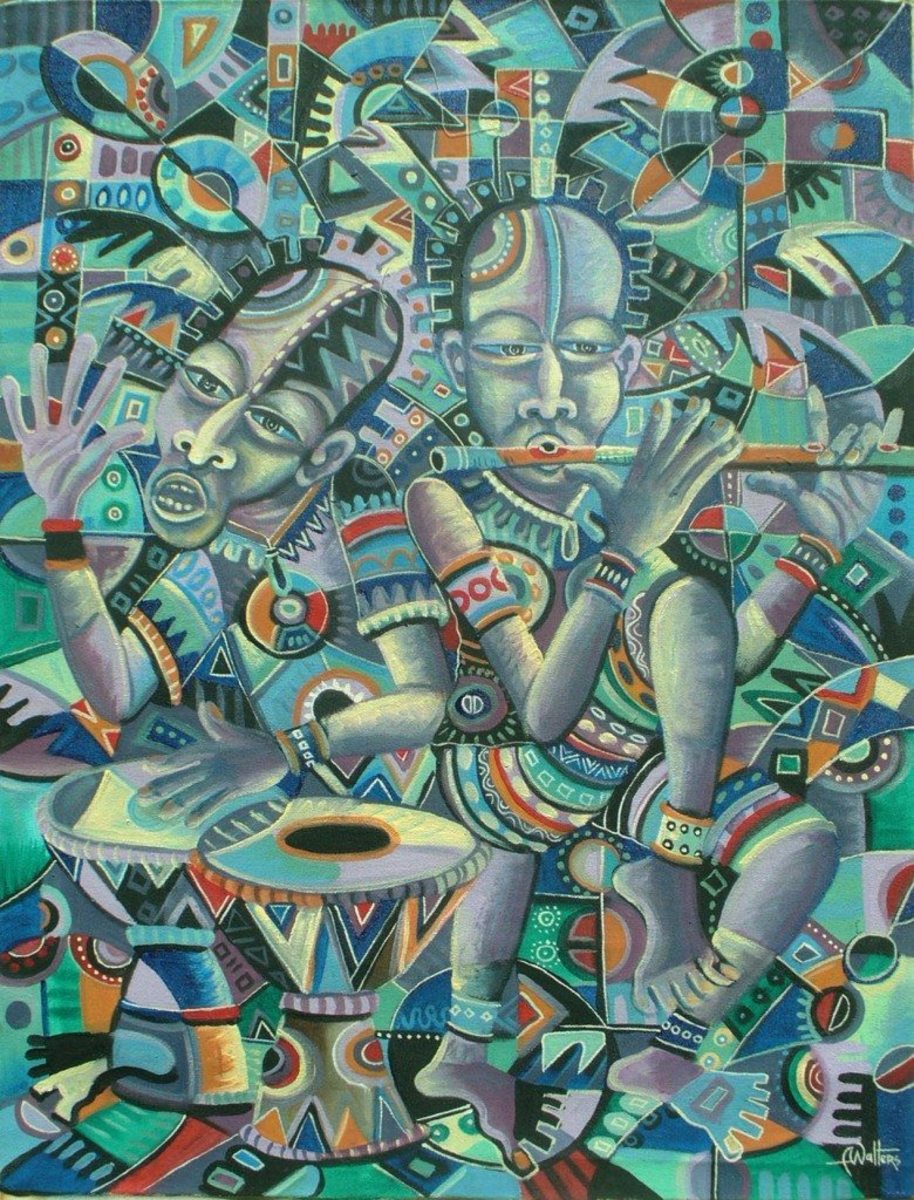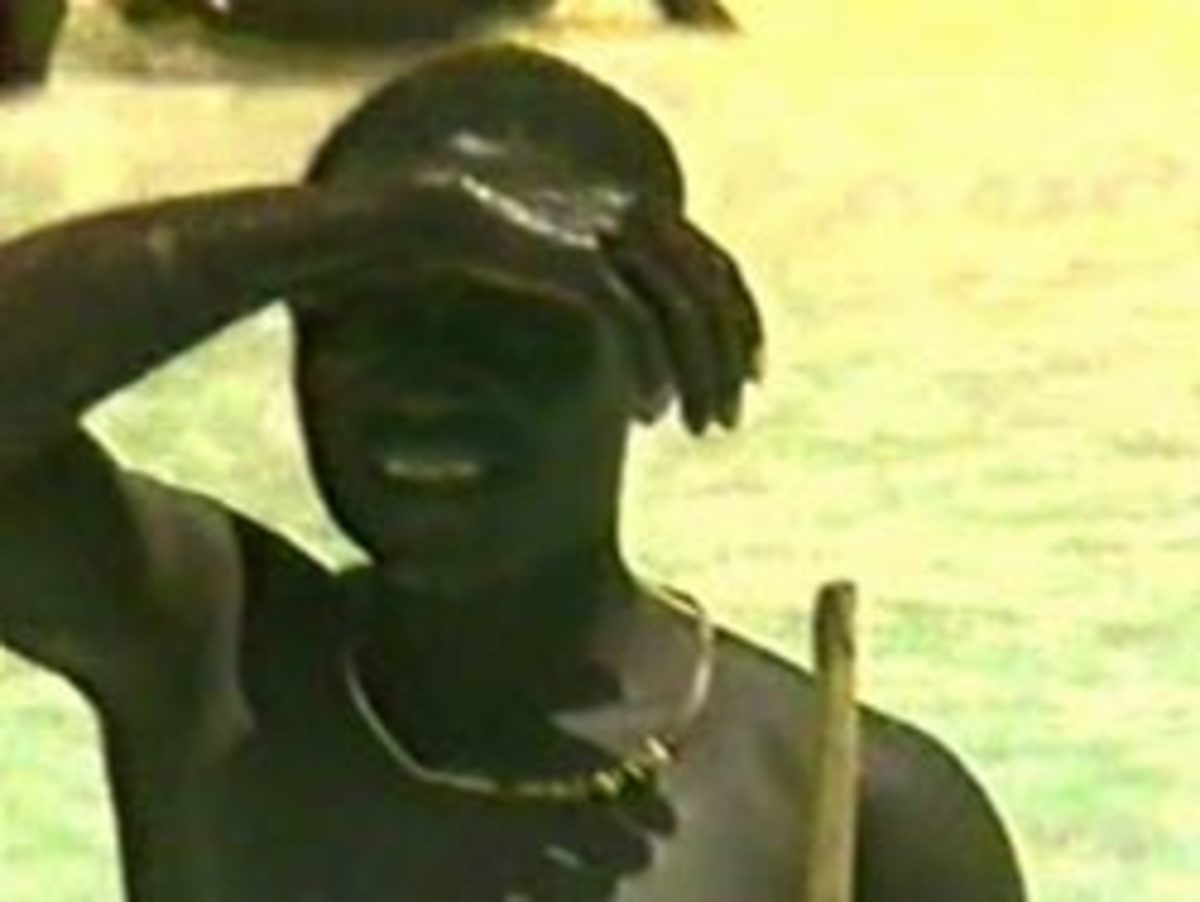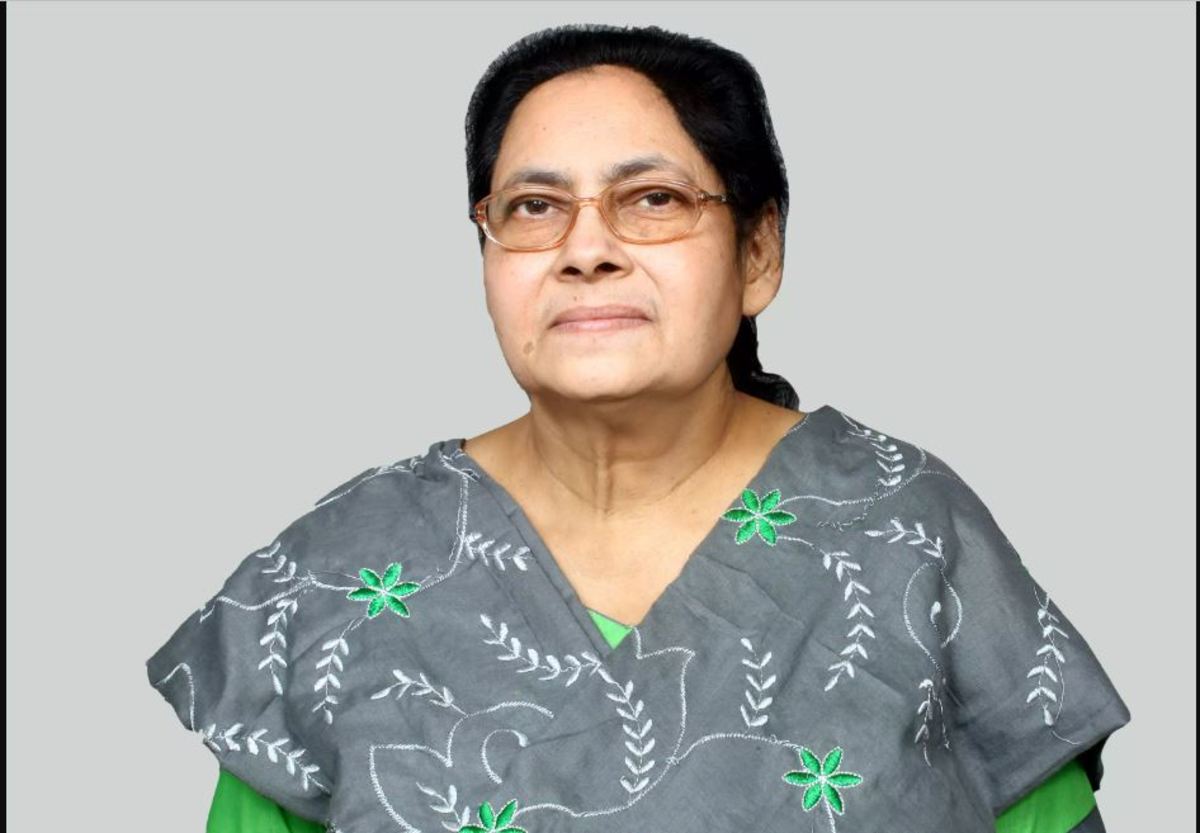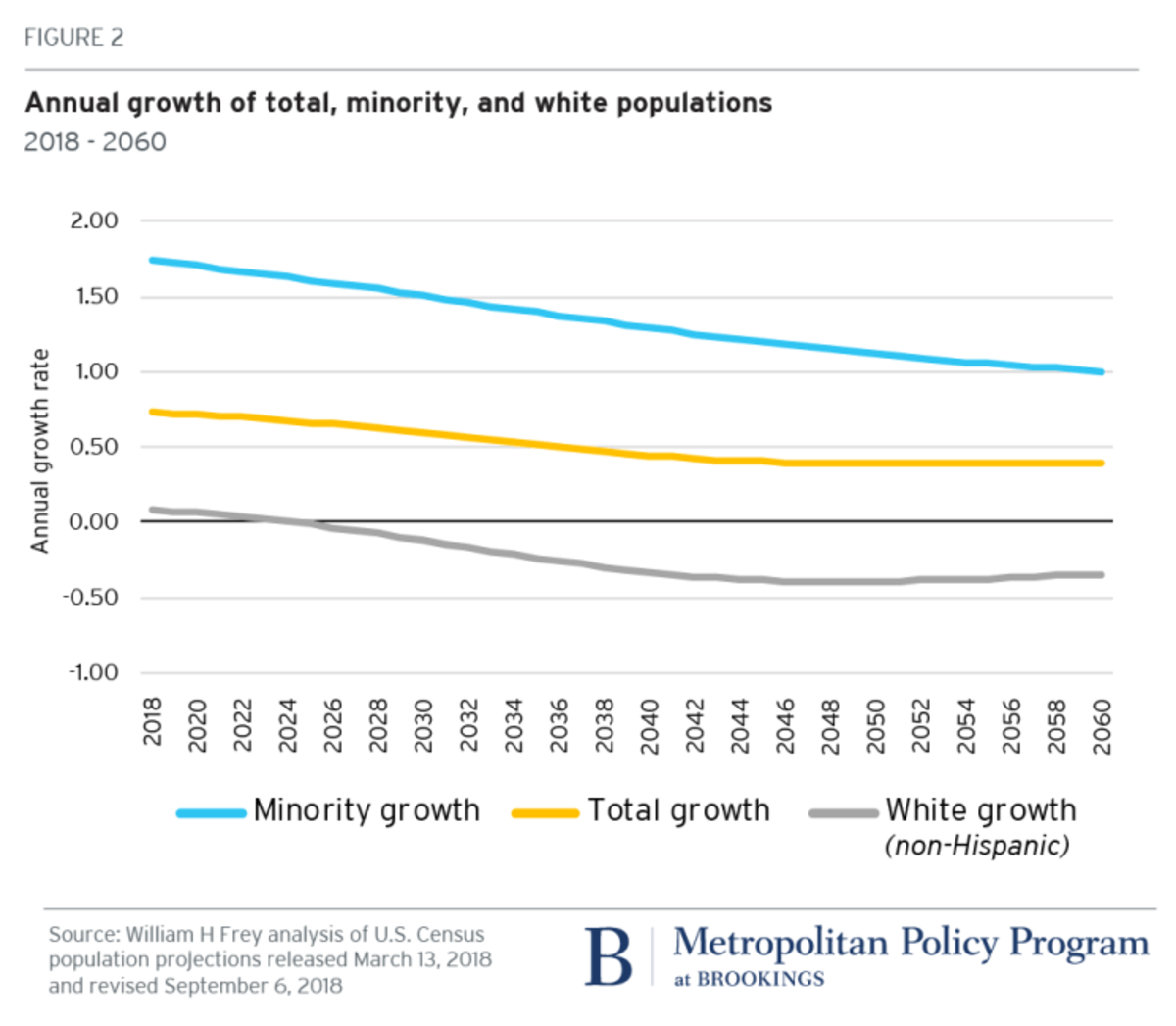The Austronesian Gene - Haplotypes and their influence on ancient language & cultural development around the world
The Austronesian Connection
Human Y-Chromosome Gene pool (Haplotypes)
Haplogroup (North-East Euasian: 34,000-46,000 B.C.E)
- NO-(M214)
Descendant group (East-Southeast Asian: 28,000-41,000 B.C.E)
- O-(M175)
Sub-Descendant group (Maritime Southeast Asia: 5,000 B.C.E)
- O-(MSY2.2)
What does the term Austronesian Imply?
The Austronesian people are in short, a Proto-Neolithic migratory pattern seen through the use of genetics and language connections that span from Northern & Eastern Eurasia to southeast Asian maritime islands and beyond. In this article, we will examine the genetic factors to place where these Haplotype groups expanded their reach through the world, including:
- Genetic Factors
- Language Development
- Cultural Diversification
- Structural Development
- Marine & Agricultural trade Connections
Through these concepts, we can hope to gain a better understanding on the ancestry of our earliest ancestors and how they truly gauged our cultural patterns around the globe.
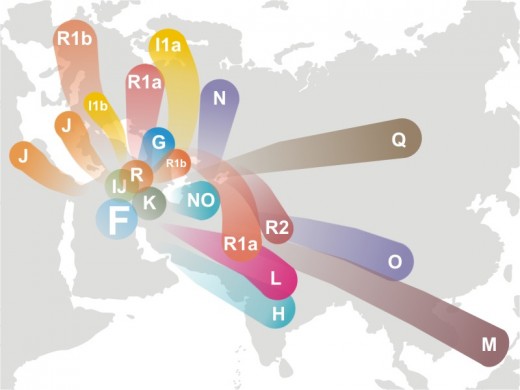
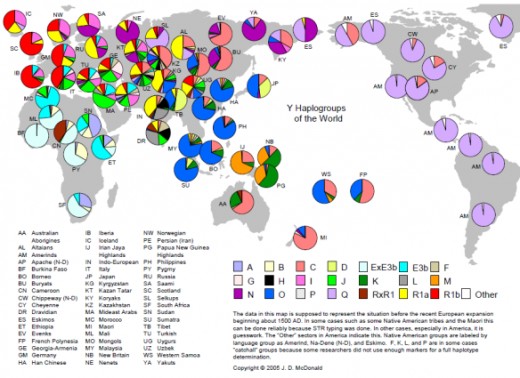
Austronesian Genetics: Haplotype Y-Chromosome Pool.
The Austronesian genetics case goes back well into 45,000 B.C.E, showing that our species was indeed surviving through the last ice age. All throughout North-Northeastern Eurasia, genetic Y-Chromosomes were making connections, although migratory pattern growth was stunted south-east until the areas around the Maritime waters off the coast of South-East Asia in 15,000-5,000 B.C.E were melting or melted. One of the more Proto-Neolithic gene pool types, Haplogroup N and O, showed a diversity that channeled eastward, mutating into a sub-group known as O-M175, a more eastern Eurasian descent.
It should be noted that while the proto-Neolithic period was known as men that were hunters and not builders of any cultural importance is to be disputed. In Bosnia, various structures have been found, and a biological specimen, a fossilized leaf found by volunteers of scientists, was radio-carbon dated in Kiev, Ukraine, and dates to 25,000 B.C.E (Found on top of a concrete block at the base of the temple). The great pyramid of Giza that is radio-carbon dated to be around 2,600 B.C.E, is actually a bit smaller than the Bosnian temple of the sun by a third. This is a very exciting find, as it explains a bit more about our supposed hunters and that culture and potential for a large population in a city around the temple could exist.
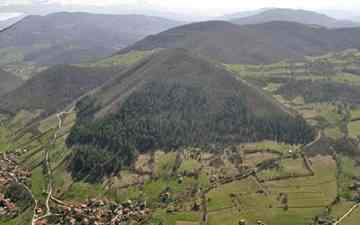
Native Shrimp Populations Vs. Introduced Routes around the World
Shrimp, as minuscule as that may sound, is just another branch of the ecosystem that migrated around the same time humans and their south-eastern migrations took place. It would seem natural that coastal regions would most certainly eat and/or trade their marine products if salted properly for preservation. In a recent study published by Nature.com, it explains the relationship between the heavily populated Southeastern shrimp, Palaemon macrodactylus, and it's possible explanations of travel to the vague regions where samples of genetic markers were studied. As the spread of this species was found, it could be noted that marine production in coastal villages could have wiped out the predators in association with a good food supply. It seems as though these shrimp either traveled via natural corridors of water flow as the ice age came to an end. A possible result of economic harvest and travel for trading purposes along the ancient maritime routes, if the Austronesian people were indeed that skilled in that particular asset.
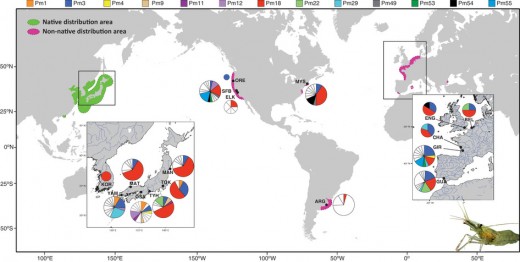
Has this article sparked your interest?
What about the Languages of the Austronesian People?
It seems standard to state that even though a genetic marker may not be seen mixing with another of a gene pool, this does not mean that language did not evolve. Through means of migration and as economic factors, as such the Austronesian Migration had the potential to spread their literary value, even if it was a vocalization and not carved into a rock. The Austronesian language is has a total of 1,268 languages, each using a form of four verb voices claiming focus on the verb-initial, or the focus of the semantic point. Using this form of communication, one may talk about a wide variety of topics, using retention methods in the sound of their voice.
One such word, anak in indonesian, means a child, but in the epic of Gilgamesh from around the Mesopotamian culture of 5,600 B.C.E, you see the word Inanna, or a possible two-verb sound that could have coorelated with the Goddess of Love, fertility, and children. In the Irish beliefs, the word is found again, with a silent D behind the word Danu, meaning the Goddess or great Mother, tender of children and the planet itself. You can find the same Ana in the words of Egyptian gods and many other ancient civilizations. Another syllable Ku, means "to" in Somali, a Austronesian descendant, or Du-Ku which means "To the Sacred Place" in the Epic of Gilgamesh. All of these small corespondents relate the languages together, but what about traveling outside of their realm of cultural expanse?
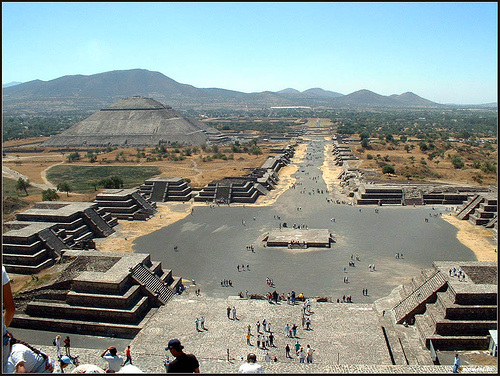
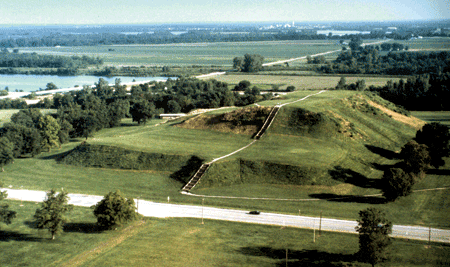
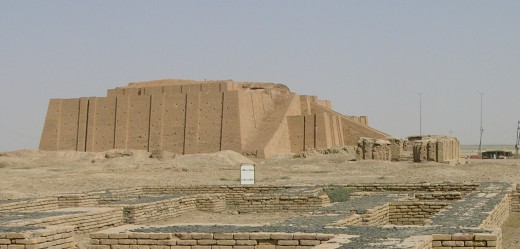
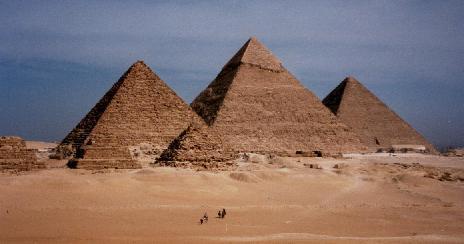
Structural Innovations of the Austronesian people and their expansive knowledge
It seems as though the Bosnian temple is the starting point as to the largest temple build by such an advanced civilization in an era where they were thought to be simple hunters. A Species capable of adaption, of resounding capacity to press forward with innovations that even modern day scientists see as almost impossible to build structures made of concrete slabs, as if they knew the aspects of how to engineer. There are a few other structures that span before the great pyramids, even before the Sumerians yet after the Bosnian temple itself.
Just below, you can see an underwater temple found off the coast of Japan that predates some 5,000-2,600 B.C.E, showing expansion in the light of a melting ice age. On the right, you can see the Sumerian ziggurat and the Aztecs, along with an North American temple, and of course the Pyramids of Egypt. It is also notable that a great formation of a face underwater in the area is a depiction of what the Japanese call the Moai, or the people of their ancestors grave. Strangely enough, the Moai people were from what is now Easter Island and modern day Hawaii, showing long leaps in location and structural integrity of the Austronesian People.
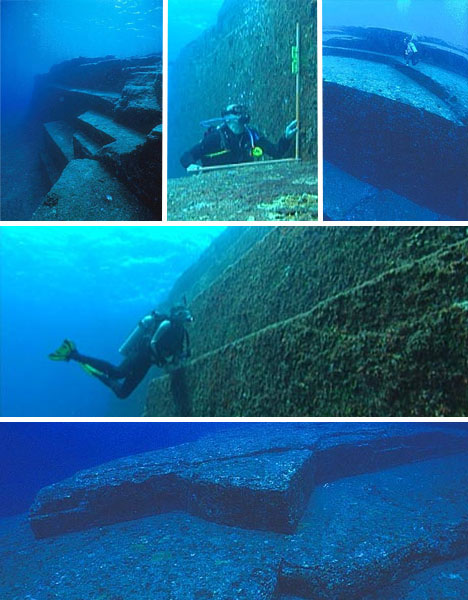
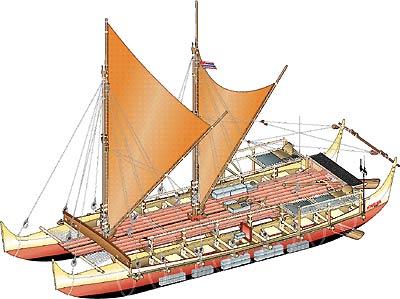

Trade among the Austronesians and the World
It has been said that the Sweet potato, a modern day delicacy in South-east Asia, is actually a descendant of the Ancient South-American version, the Kumara as the Moai would have said it. Easter Island, a location just off the west coast of South America, is a disputed ground of scientific data. It was likely that the Austronesian people, with much more innovative nautical equipment as the tides rose, began their travel across the great waters of the Pacific Ocean. It is funny how the word Ku is also a Moai syllable, yet it was what the South-Americans called their sweet potato, very much a side-ways coincidence.
The trail of the shrimp as the human species made their way east into the waters collectively allowed for the shrimp to multiply as an invasive species. This, along with possible trade with other Haplotypes of the North & South American population would allowed for the shrimp to follow boating routes, being eaten and salted for sale along the way. The technology of the Austronesian people can be seen in the innovations of the ancient Japanese, Chinese, India and Arabian ships being produced in the later parts of the world timeline. In the end, the Austronesian Haplotypes have created a culture that will never be forgotten, and in the end, survive to this very day.
Sources:
- Genetic evidence for the proto-Austronesian homeland in Asia: mtDNA and nuclear DNA variation in Tai
Previous studies of mtDNA variation in indigenous Taiwanese populations have suggested that they held an ancestral position in the spread of mtDNAs throughout Southeast Asia and Oceania (Melton et al. 1995; Sykes et al. 1995) - BMC Evolutionary Biology | Full text | Paternal genetic affinity between western Austronesians and D
Austronesian is a linguistic family spread in most areas of the Southeast Asia, the Pacific Ocean, and the Indian Ocean. Based on their linguistic similarity, this linguistic family included Malayo-Polynesians and Taiwan aborigines. The linguistic si - Haplotype - Wikipedia, the free encyclopedia
- What is a Haplogroup? | DNAeXplained – Genetic Genealogy
Sometimes we’ve been doing genetic genealogy for so long we forget what it’s like to be new. I’m reminded, sometimes humorously, by some of the questions I receive. When I do DNA Reports for clients, each person receives a form to complete with... - Bosnian Pyramid of the Sun Potentially 25,000+ Years Old - BosnianPyramids.org
Bosnian Pyramids - Sundaland - Wikipedia, the free encyclopedia
- Austronesian Language Family | AWL-DEMO
- Timeline
- Austronesian languages
The principal branches of the Malayo-Polynesian languages The branches of the Oceanic languages - Austronesian languages - Wikipedia, the free encyclopedia
- High genetic diversity and absence of founder effects in a worldwide aquatic invader : Scientific Re
The introduced oriental shrimp Palaemon macrodactylus has recently become widespread in temperate estuaries worldwide. However, this recent worldwide spread outside of its native range arises after a previous introduction to the US Pacific coast, whe

